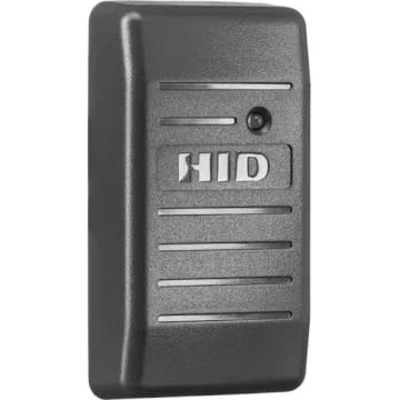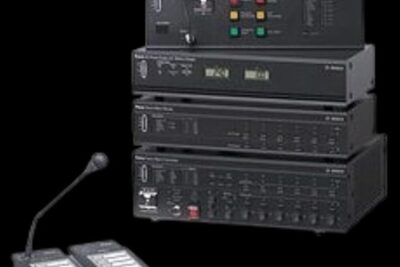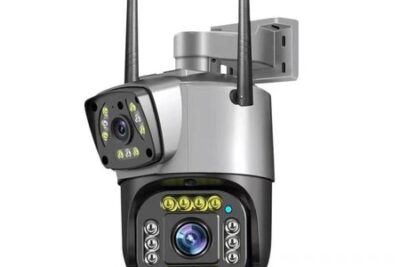Description
An access control solution with a controller, face reader, biometric scanner, card reader, and automatic gate is a comprehensive security system that regulates entry to restricted areas based on identity verification methods. This integrated solution combines multiple technologies to ensure secure, convenient, and efficient access management. Here’s a detailed breakdown of each component and how they work together:
1. Access Control Controller
Definition: The access control controller is the central unit that manages and controls the entire access system. It acts as the brain of the system, communicating with all input and output devices (e.g., biometric scanners, card readers, face readers) and controlling the locking mechanism or automatic gate.
Functions:
User Authentication: The controller processes authentication requests from devices like card readers, face readers, and biometric scanners.
Permission Management: It stores access rules, such as who can access which areas and at what times. This ensures that only authorized users can enter specific zones.
Event Logging: It logs all access attempts, both successful and failed, providing valuable records for security audits and investigations.
Communication: It communicates with input/output devices using various protocols (e.g., TCP/IP, RS485, Wiegand).
Integration: The controller can integrate with other security systems, such as alarms, CCTV, and time and attendance systems.
2. Face Reader (Facial Recognition)
Definition: A face reader is an advanced biometric technology that identifies or verifies individuals based on their facial features.
Functions:
Facial Recognition: It captures and analyzes the unique facial features of individuals. The system compares these features against a stored database to grant access.
Non-Intrusive: Face readers are typically contactless, allowing for quick, hygienic, and secure entry without physical contact.
Access Control: It provides high-level security by ensuring that only authorized individuals can enter restricted areas.
Real-Time Identification: Face readers work in real-time, enabling instant decision-making for access (grant or deny).
Integration: It can be integrated with other security components, such as card readers or biometric systems, for multi-factor authentication.
3. Biometric Scanner (Fingerprint, Iris, etc.)
Definition: A biometric scanner verifies identity based on unique physical characteristics such as fingerprints, irises, or voice patterns.
Types of Biometric Scanners:
Fingerprint Scanner: Reads the unique patterns on an individual’s fingerprint to grant access.
Iris Scanner: Uses the unique patterns in the colored part of the eye (iris) for identification.
Palm or Vein Scanners: Some systems use palm prints or vein patterns, offering additional security.
Functions:
Identity Verification: Biometric systems are highly secure as they rely on unique human characteristics that are difficult to replicate.
Contactless or Contact-Based: Depending on the technology, biometric scanners can be contact-based (fingerprint) or contactless (iris, facial recognition).
Access Control: Once the identity is verified, the biometric scanner communicates with the access controller to grant or deny access.
Multi-Factor Authentication: Biometric systems can be combined with other access control methods (e.g., PIN codes, cards) for added security.
4. Card Reader
Definition: A card reader is a device that reads and verifies information from access cards (RFID cards, smart cards, or magnetic stripe cards).
Types of Cards:
RFID Cards: Radio Frequency Identification (RFID) cards contain a small chip and antenna that communicate with the reader using electromagnetic waves.
Smart Cards: Contain a microprocessor that stores data securely, allowing for encrypted communication with the card reader.
Magnetic Stripe Cards: Older technology that stores data in a magnetic stripe, but less secure compared to RFID and smart cards.
Functions:
Authentication: The card reader checks the unique ID stored in the card and compares it with the database to grant access.







